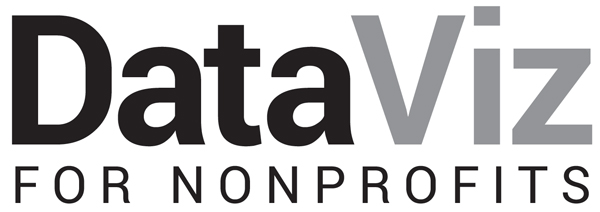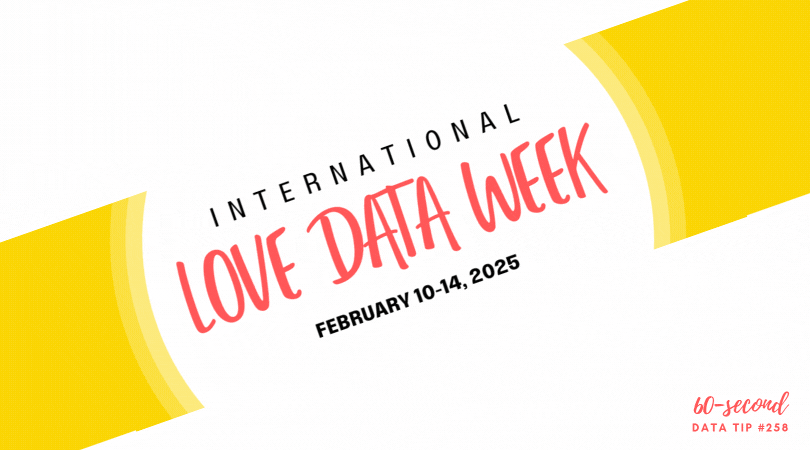Charts do more than share data, they send social signals according to new research from MIT. When people scroll past your chart on social media, they instantly form impressions about who you are and whether they should trust you, often before considering the data shown in the visualization.
For instance, some study participants guessed that slickly designed charts were ads, and therefore not trustworthy. One participant dismissed a chart because of its hand-drawn style gave the vibes of "some female Instagram influencer who is just trying to look for attention." Being wary of any information on social media, including charts, makes good sense. Indeed, climate deniers are using the trappings of academic research, including charts, to make their messages appear more reliable, according to this analysis.
So how can you gain the attention of cautious social media consumers? Consider the following when designing charts for posting:
Choose colors and fonts that fit your organization’s personality. Clean, calm styles signal credibility and care; trendy effects can read as hype.
Show who made it. Add your logo or a note like “Created by [Your Org]” and cite your data source. These are trust cues.
Keep it simple. On small screens, clarity beats flair. Make sure your main number or takeaway is instantly visible.
Before posting, ask: If someone unfamiliar with us saw this chart, would it feel trustworthy?
Here’s an article in Phy.org about the MIT research. And here is the journal article with more detail.
Let’s talk about YOUR data!
Got the feeling that you and your colleagues would use your data more effectively if you could see it better? Data Viz for Nonprofits (DVN) can help you get the ball rolling with an interactive data dashboard and beautiful charts, maps, and graphs for your next presentation, report, proposal, or webpage. Through a short-term consultation, we can help you to clarify the questions you want to answer and goals you want to track. DVN then visualizes your data to address those questions and track those goals.









































